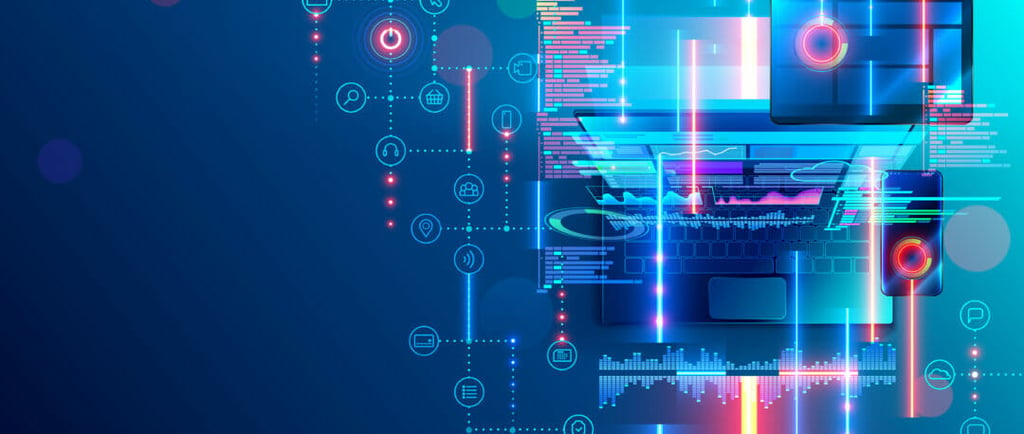The Future of Educational Technology
What's next / What does it mean / How do we apply


What's next?
Well, when it comes to predicting the future its hard to have an idea of where things might go, but to what extent who knows. For me growing up (I will go ahead and date myself) in my house we had a TV with no remote and a rotary phone (https://interestingengineering.com/innovation/what-are-rotary-dial-phones-and-how-do-they-work) educational link for those who don’t know what it is. The next big thing was a phone you could just dial the numbers on, then the cordless phone. I don’t think growing up as a young child the thought of even having a cell phone was a real thing. I didn’t even get a computer with a floppy disk (https://en.wikipedia.org/wiki/Floppy_disk) another education link, tell high school. Today though, we have smart watches, GPS watches, heart rate monitors (fit bit), mobile learning platforms from e-learning has grown so much over the last 20 years. If you do not know how to do something just YouTube it, I do it almost every day. Simulations and virtual reality have exploded, and know AI is on the rise. There is so much technology out there you can use it for just about anything, and use it to improve almost anything. The one thing that really struck me though was coming across Gartner’s Hype Cycle, and how it depicted how new technology gets on a big upward trajectory in the beginning tell it hits its peak of inflated expectations, then drops to the trough of disillusionment, then begins to slightly rise the slope of enlightenment until it reaches its plateau of productivity. This really made me think about how every new technology is the next greatest thing since the last but its not.
What does this mean?
Well, what does this mean, to me it means that though technology may change and allow us to do different things in different ways, the key principles of creating learning in the individual do not and that the best thing you can do is keep it simple and focus on how to best get information through the auditory and visual channels into the working memory and with the use of prior knowledge into long-term memory.
How do you apply this?
For me applying this is simple though technology might change and improve over time the key is to make sure you don’t use that technology to complicate the learning process but use it in a way to enhance the process and make the learning environment a better place for all learners. That is what I have tried to do with my classes I have developed, technology is just another tool in the tool box, and that tool is only as good as the person using it. I will finish with an old saying, a bad craftsman blames his tools.
